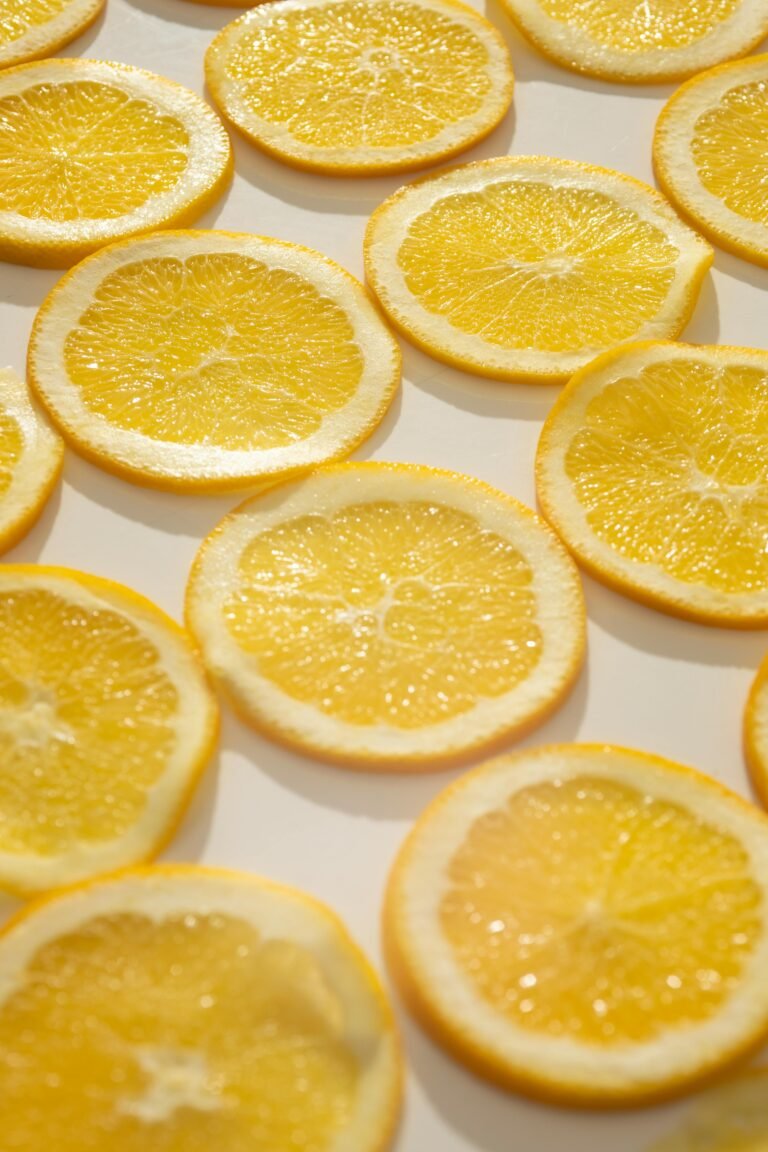Diabetes, the five foods that lower blood sugar
After the recent International Diabetes Day, many articles have come out highlighting the importance of a healthy and balanced diet for people with diabetes.
In this article, we look at five foods that lower blood sugar naturally .
And some of them contain carbohydrates.
In fact , the diabetic’s diet should not be carbohydrate-free, but should preferably be low or medium glycemic load in meals.
Therefore, it is necessary to choose foods that help manage the glycemic response, avoiding harmful peaks that can then lead to hypoglycemic states.
Therefore, rather than focusing on foods that lower blood sugar , or supplements, those who are diabetic or have problems with blood sugar altered to normal levels must learn to balance carbohydrates.
This can be achieved by learning to choose the right carbohydrates, without thinking about eliminating them.
And at the same time reduce fat so as not to overload the pancreas.
So let’s look at five foods that naturally lower blood sugar and allow us to achieve these results.
DIABETES, THE FIVE FOODS THAT LOWER GLUCOSE
- False cereals or pseudocereals .
False cereals are those grains that do not contain gluten and have a medium or low glycemic index.
They can be used for first courses, soups, vegetable balls and even risottos, as in the case of buckwheat.
False cereals are: amaranth, quinoa, buckwheat, kaniwa. To this list we can add the zizania or wild rice , a plant similar in appearance to black Venere rice.Chia seeds are also a pseudocereal, but due to their high fat content they are not typically used in place of pasta or rice.
- Legumes.
Legumes also have a low glycemic index, so we can eat them instead of pasta or rice or in a 1: 1 ratio (for example 50 grams of dried legumes and 50 grams of broken pasta or rice) to lower the glycemic load of the meal. another very tasty idea for those who have no problems with gluten is to combine legumes with little seitan .For example in a 3: 1 ratio, that is, for 90 grams of dried legumes combine 30 grams of seitan in chunks.
In this way, as for the combination of pasta / rice + legumes, the dish is also balanced from a protein point of view.
We can combine this alternative with a low-sugar fruit. - Leafy vegetables.
Leafy vegetables are chicory, spinach, chard, beet leaves, endive, watercress and in general all salads, rocket.
These vegetables, compared to starchy ones such as carrots, beets, squash, tubers, contain fewer carbohydrates and more fiber, even less than vegetables such as tomatoes, courgettes or onions.
Combined with pasta or rice in a first course, they allow us to limit the overall glycemic load.
They also act on the sense of satiety. - Lean proteins.
Lean proteins should be preferred to the fatter ones in the diabetic’s diet.
In general, veal is better than beef, chicken, defatted turkey or bresaola is better instead of sausages or pork.
Better squid, octopus, shrimp, mussels, clams, cod, plaice, hake to fish preserved in oil or too full of fat, such as mackerel.
Therefore variety is important.
For vegans fermented tofu, tempeh or seitan can be alternatives.
Among the fresh cheeses, lean ricotta, light mozzarella, cottage cheese, primosale, quark or at least Greek yogurt are excellent alternatives. Eggs should be consumed in moderation and egg whites can be used in desserts.These protein foods have no carbohydrates , so you need to pair them with carbohydrates and avoid protein-only meals.For example, the combination of proteins + vegetables + fruit (also sugary) works, or carbohydrates with a high glycemic index such as potatoes or rice which can be moderate to 40 grams for rice or 200 grams of potatoes.
This is to avoid making too many sacrifices at the table and then end up indulging in sweets when you shouldn’t.
- Fat.
Fats do not contain carbohydrates, but unlike what was once believed, they do not lower the glycemic load. They can simply make a dish more satisfying.
However, the diabetic must pay attention to fats, especially when associated with carbohydrates.
Better therefore a little raw olive oil in the first dish, trying to dose it with a teaspoon and not season freely.
According to the Diabetes Council , coconut oil, despite being saturated, having medium-chain fatty acids is indicated for diabetics, as long as it is extra-virgin and that it is not used at high temperatures, but maximum at 170 °.
























+ There are no comments
Add yours